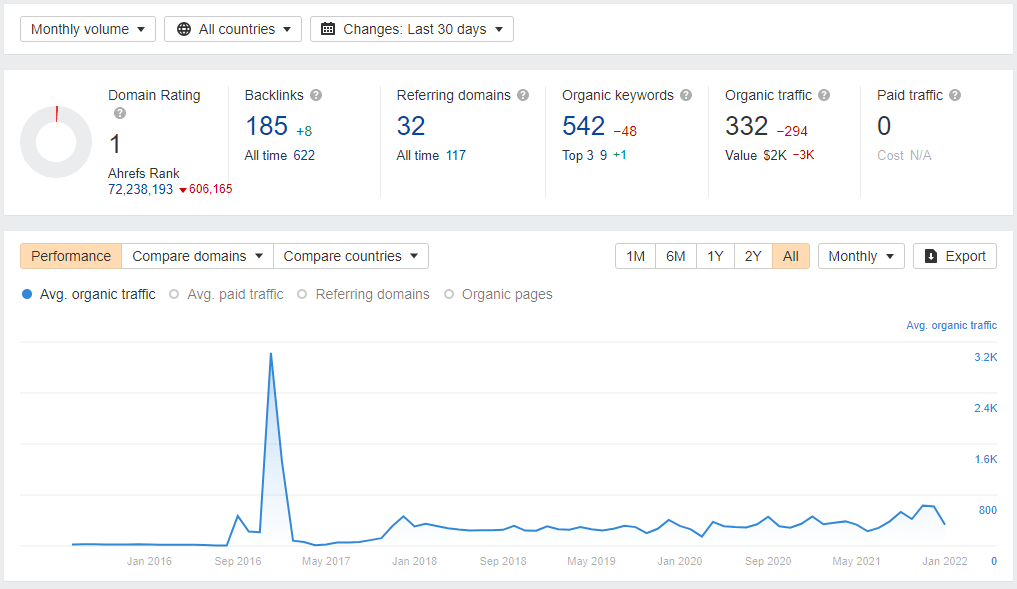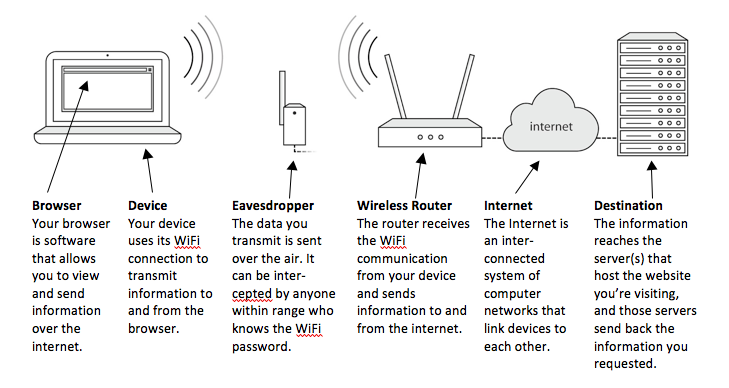All Categories
Featured
Table of Contents
- – What Is The Most Recommended Semantic Seo Serv...
- – What Is The Most Recommended Semantic Keyword ...
- – What Is The Most Effective Semantic Search En...
- – What Is The Most Valuable Optimizing For Sear...
- – What Is The Top Tools For Semantic Seo Produ...
- – Which Is The Leading Semantic Seo Services C...
- – Whats The Most Popular Semantic Content Opti...
This is because search engines have progressed and are relocating more and extra towards reading web content on the internet. Of training course, that has also changed the means we create content, especially if we desire to rate much better in the search engines.
, the leader of the Internet, spoke of to represent the concept that all points in the cosmos are deeply interconnected. Intertwingularity is not normally recognized, individuals keep claiming they can make things deeply ordered, categorizable and sequential when they can't. Everything is deeply intertwingled. Based on the connections in between search intentions, the search engine chooses a material in positioning by computing the range in between the vectors of significance.
It permits you to see, beginning from a subject, all the entities that belong to that topic. In this manner you can plainly see which entities/concepts/ideas have actually already been covered on your web site, and you can find new chances by understanding what content you can include and how to create it.
What Is The Most Recommended Semantic Seo Service For The Money
It has the ability to make your web content understandable for search engines on the one hand and for your target market on the various other. Structuring your material model highlights your material and its underlying relationships to ensure that internet search engine can acknowledge you among numerous items of information, making you extra visible to individuals who meet the search intent relevant to your business.
In semantic SEO copywriting, an editor begins from a wider variety of subjects and customizes the web content to consist of semantically appropriate terms and phrases that assist visitors understand a topic, comparable to checking out material in a wiki. From a web content creating viewpoint, one useful method to do this is to create a vocabulary of terms and inquiries surrounding your target subject.
What Is The Most Recommended Semantic Keyword Research Service For The Money
Find out extra regarding by viewing the by!.

Semantic search describes the process of how online search engine recognize and match key words to a searcher's intent in natural search results. Prior to semantic search, search engines like Google operated like matchmakersaligning certain words in your question with those precise words on webpages. The outcomes were straightforward however often did not have depth.
What Is The Most Effective Semantic Search Engine Optimization On The Market Now
It allows Google to provide quick, exact solutions to search inquiries regarding real-world topics. When you type an inquiry word into Google, you're not simply entering a sequence of words.
When you search for "Apple," Google doesn't simply see a word that defines a fruit. It recognizes Apple as a firm and can give associated info. Like the name of its CEO, Tim Chef, or its most recent stock costs. Google announced the Hummingbird update in 2013. It was Google's solution to the increase of voice searches, where questions came to be more conversational and nuanced.
What Is The Most Valuable Optimizing For Search Intent For The Price
By incorporating NLP, Hummingbird permitted Google to move past simple keyword matching. It aided the search engine comprehend search intent, increasing the probabilities that results would precisely match the reason behind a user's search.
Making it a lot more efficient at taking care of never-before-seen search inquiries. RankBrain takes into consideration even more than just key phrases when evaluating a search inquiry.
It brings outcomes that match the keywords and align with the total intent of providing young puppy training recommendations. And if the individual regularly looks for dog-related web content, Google could focus on more comprehensive training guidesrecognizing the user's continuous interest in the subject. Combining innovations like the Understanding Chart, Hummingbird, and RankBrain, semantic search aids the Google algorithm interpret and link information across a large web of info.
What Is The Top Tools For Semantic Seo Product?
The focus shifts from keyword option to a holistic strategy including customer intent, topical importance, and general individual experience. Producing content that resolves the searcher's needs with extensive info can enhance your SERP positions.
And kind of material can best satisfy their requirements. A wider approach to material aligns better with semantic search's change far from precise keyword phrase matching and toward user intent. Which clarifies the enhanced emphasis on subject collections, instead of private keyword phrases. Content that covers search inquiries better not only pleases users.
UX intends to create a visually appealing, easy to use interface with engaging, quality web content that encourages visitors to stay. Semantic search innovation allows search engines to aim for outcomes that provide the finest feasible UX.
Which Is The Leading Semantic Seo Services Company

All showcase Google's capacity to address a subject query adequately. By recognizing the context and intent behind user questions, online search engine can supply more pertinent details and potentially increase individual involvement. Customization in search engine result makes for much better UX.Based on your past search history and preferences as an individual, semantic search aids online search engine tailor the outcomes to suit your unique demands and interests.
It fetches results that match the keywords and line up with the general intent of offering young puppy training recommendations. And if the individual regularly searches for dog-related material, Google may focus on more comprehensive training guidesrecognizing the customer's continuous rate of interest in the topic. Integrating technologies like the Knowledge Chart, Hummingbird, and RankBrain, semantic search aids the Google formula analyze and connect information throughout a large web of information.
Whats The Most Popular Semantic Content Optimization To Buy
The emphasis changes from keyword choice to an all natural approach incorporating user intent, topical importance, and total user experience. Developing content that addresses the searcher's demands with comprehensive details can enhance your SERP rankings.

And kind of web content can best please their demands. A wider method to material aligns much better with semantic search's shift away from precise keyword matching and toward individual intent. Which explains the boosted emphasis on topic collections, as opposed to specific search phrases. Content that covers search inquiries better not only pleases customers.
And five times more than websites that take 10 seconds to load. While technological search engine optimization makes certain optimal site efficiency and accessibility, concentrating on customer experience (UX) takes it an action better. UX aims to create an aesthetically appealing, straightforward user interface with engaging, quality content that urges site visitors to stay. Semantic search technology makes it possible for search engines to go for outcomes that give the very best feasible UX.
All display Google's ability to deal with a topic question thoroughly. By understanding the context and intent behind user questions, online search engine can supply extra relevant info and potentially raise customer interaction. Personalization in search results page makes for much better UX.Based on your past search background and preferences as a user, semantic search assists internet search engine tailor the results to match your one-of-a-kind requirements and passions.
Table of Contents
- – What Is The Most Recommended Semantic Seo Serv...
- – What Is The Most Recommended Semantic Keyword ...
- – What Is The Most Effective Semantic Search En...
- – What Is The Most Valuable Optimizing For Sear...
- – What Is The Top Tools For Semantic Seo Produ...
- – Which Is The Leading Semantic Seo Services C...
- – Whats The Most Popular Semantic Content Opti...
Latest Posts
What's The Leading Tools For Semantic Seo On The Market
What Is The Most Popular Semantic Search Engines Deal Right Now
What's The Top Semantic Search Engine Results Pages (Serps)
More
Latest Posts
What's The Leading Tools For Semantic Seo On The Market
What Is The Most Popular Semantic Search Engines Deal Right Now
What's The Top Semantic Search Engine Results Pages (Serps)